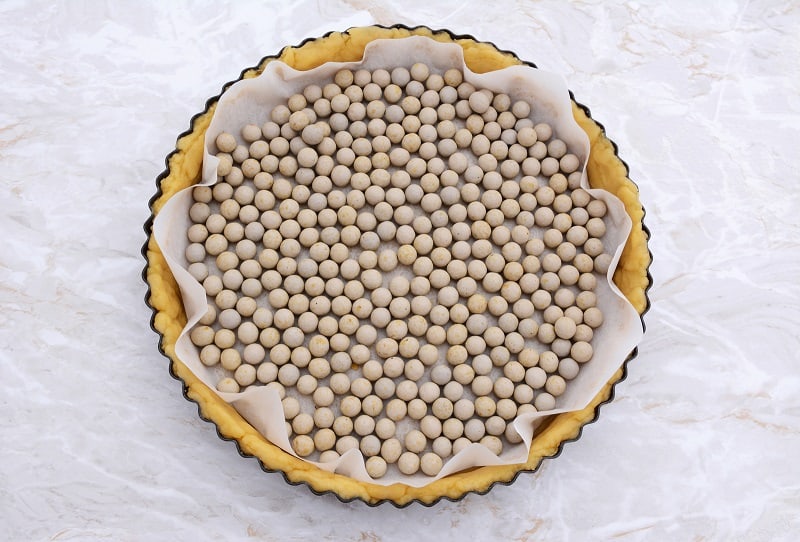Baking beans, also known as pie-weights, can come in many forms, but are usually made from metal or ceramic.
They are small, tiny beads that are used in a cooking process called pre-baking or blind-baking.
During this process, the base or crust of a pie is cooked without the filling, using the beans to keep the pastry weighted down and helping with moisture.
Are Baking Beans Necessary?
Without baking beans, pre-baking a pie or crust can cause what is fondly referred to in the baking world as a “soggy bottom”.
The base of the pie will end up soggy and bogged down with excess moisture and steam, which can ruin the entire dish, especially when a wet filling is added, such as cream.
Pastry can bubble and change shape during the cooking process, especially across the flat bottom.
Steam causes the pastry to puff up and expand, causing over or under-baking and inconsistent thickness of the pie, flan, or other pastry dish.
Baking beans, when added on top of parchment paper, aluminium foil, or another similar material, help to keep the base flat and even.
This is why baking beans are also referred to as pie-weights. The beans quite literally keep the pastry weighted down.
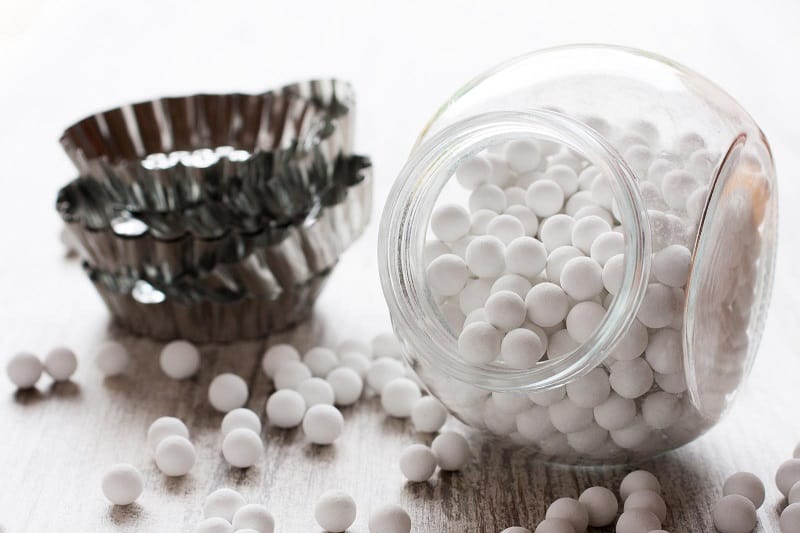
Are Metal or Ceramic Baking Beans Reusable?
Yes, metal and ceramic baking beans are reusable. They are designed to be used, washed, stored and then used again.
The ingredients are designed to cope well with the high temperatures of your oven, and they’re also easy to clean.
These days, baking beans come in a wide range of types, kinds, colours, and styles. You can buy loose beans, or beans attached in chain form for easier handling, cleaning, and storing.
Can You Cook Pastry Without Baking Beans?
You can cook pastry and other crust types without baking beans, but you will need to find some sort of substitute if you wish to avoid the aforementioned soggy bottom. Blind or pre-baking without baking beans can ruin the dish entirely.
There are plenty of alternatives you can use, however, many of which you will already have in your kitchen.
What Can You Use as an Alternative to Baking Beans?
If you don’t have the typical metal or ceramic baking beans to hand, there’s no need to panic. Open the kitchen cupboard and see if you have any of these common ingredients:
1. Chickpeas
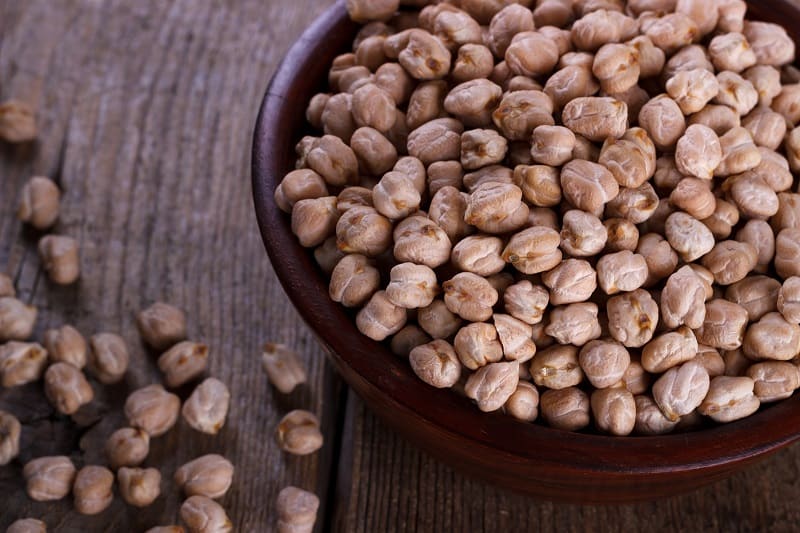
When using chickpeas (or any other ingredient) as baking beans, you’ll need to make sure the ingredients are completely dry.
Chickpeas are one of the largest alternatives in terms of size, so you will need to use less of them.
You can use greaseproof or parchment paper, or aluminium foil as a hygienic barrier between your homemade baking beans and the pastry.
This prevents things like colours and smells from being transferred from the baking beans to the food.
Aluminium foil can sometimes cause the pastry crust to become soggy, so greaseproof or parchment paper is better recommended.
2. Lentils
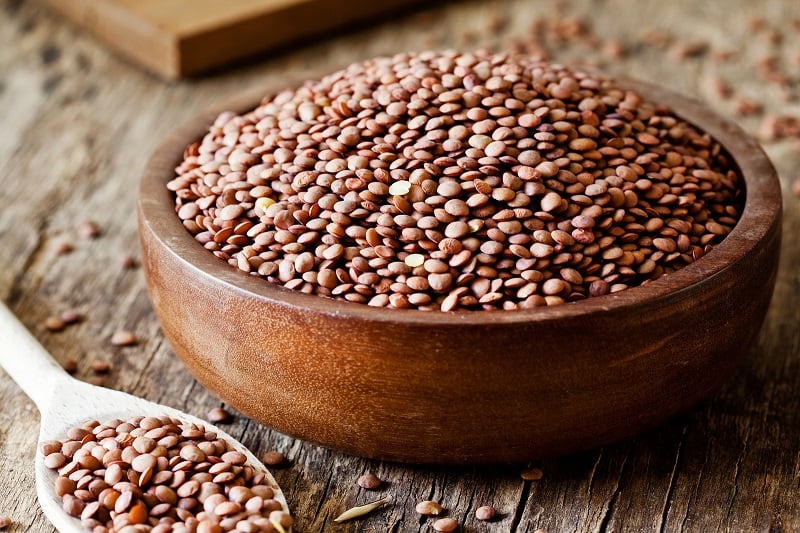
Lentils are considerably smaller than chickpeas, so you will need more of them.
3. Popcorn
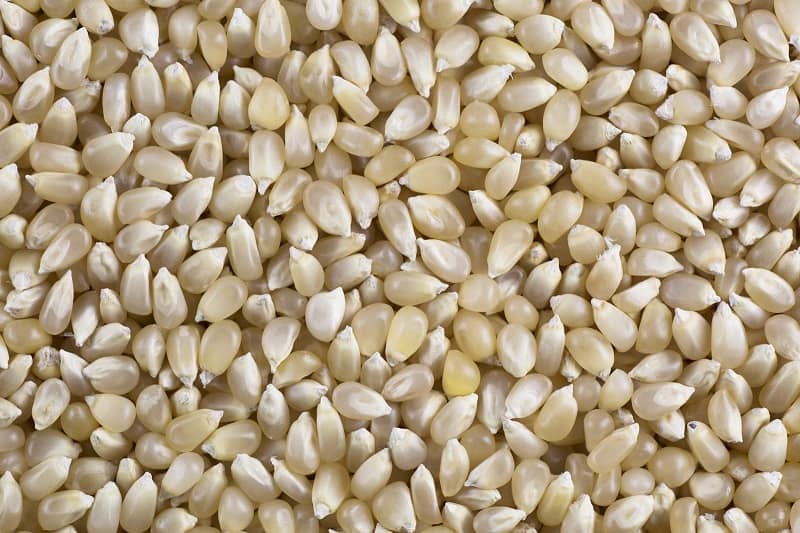
Out of all of the baking beans alternatives, this can be the riskiest ingredient to use, because you will need to ensure the kernels don’t actually pop in the oven.
4. Black Beans/Kidney Beans
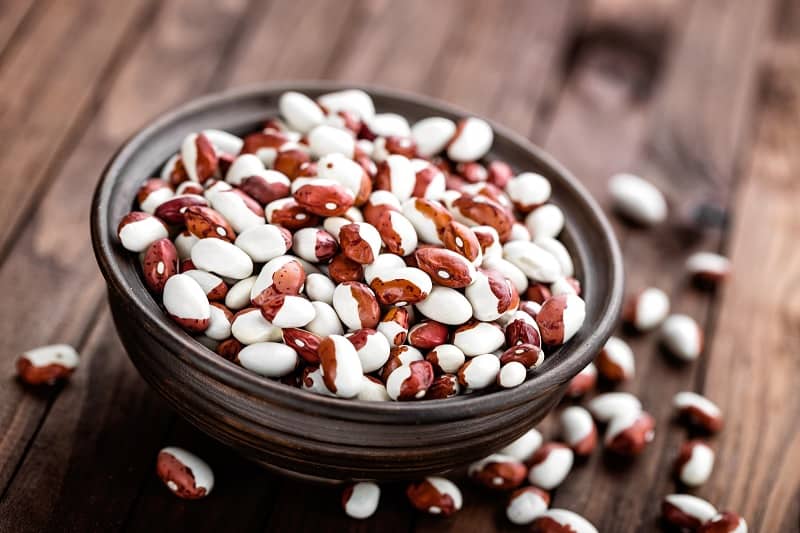
As long as they are properly dried beforehand, both kidney beans and black beans can be used as an alternative for baking beans, although they cannot be reused as many times as chickpeas and lentils.
5. Rice
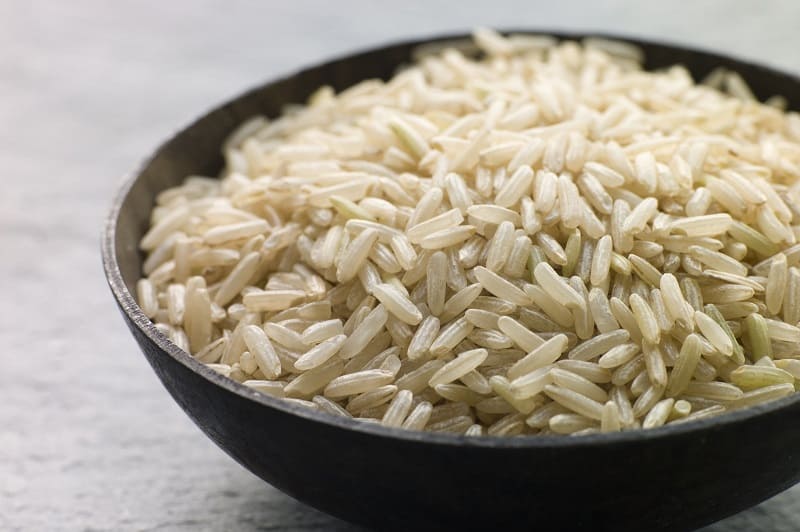
This is probably the cheapest baking beans alternative, and the one most households are likely to have.
You will probably not want to eat the food substitute once you have used it in place of baking beans, although the toasted rice could be used in other recipes.
All of these food-based baking bean alternatives can be reused or recycled. Just make sure you store them away from the ingredients you want to eat, and clearly label them.
6. Sugar

Use aluminium foil or parchment paper to cover the pastry, then fill the shape with sugar. It will be toasted once you remove it from the pastry crust. There are plenty of delicious recipes which call for this type of toasted sugar, so you can use the ingredient elsewhere.
Can You Use Coins Instead of Baking Beans?
You could use coins in place of baking beans, but you will want to make sure that the coins are washed and/or you completely cover the pastry with foil or parchment paper to avoid the coins touching the food.
Coins are handled by millions of people, and they can also carry an interesting assortment of germs. It is not advisable to use money in your cooking process, but you can call upon your piggy bank in an emergency if nothing else is available.
Can You Use Marbles as Baking Beans?
Yes, those glassy, childhood marbles can be used in place of baking beans, provided they are properly washed beforehand, and you make sure that the marbles don’t have the opportunity to come into contact with the food by using a generous later of parchment or greaseproof paper, or aluminium foil.
Will Pricking Pastry with a Fork Work if I Don’t Have Baking Beans?
There is a chance that pricking the base of the pastry crust with a knife or fork before blind-baking can help to reduce steam and a soggy bottom when you don’t have baking beans.
Docking, as it is also known, is not an effective method, unfortunately.
The holes made by the fork/knife can close up when the pastry changes shape during the cooking process. If the holes do stay in place, moist fillings can fill the holes and cause the dreaded soggy bottom.
Some pastry chefs recommend using baking beans and pricking the pastry base with a fork. It is also recommended to either freeze or chill the pastry crust before blind baking or docking. This helps to keep any bubbling or bloating of the pastry to a minimum.
Can I Use Another Pie Form Instead of Baking Beans?
Yes, if you have a slightly smaller pie form that will fit inside the pastry crust, you can use that instead of baking beans or any of the alternatives listed here.
You will still need to use parchment paper, grease proof paper, or aluminium foil as a barrier between the pastry and the top, smaller pie form.

Kim is a writer with more than a decade of experience, and a food enthusiast. When she’s not spending her time writing about her favourite dishes, you can find her in the cake aisle of her local supermarket, or making a mess in the kitchen.

